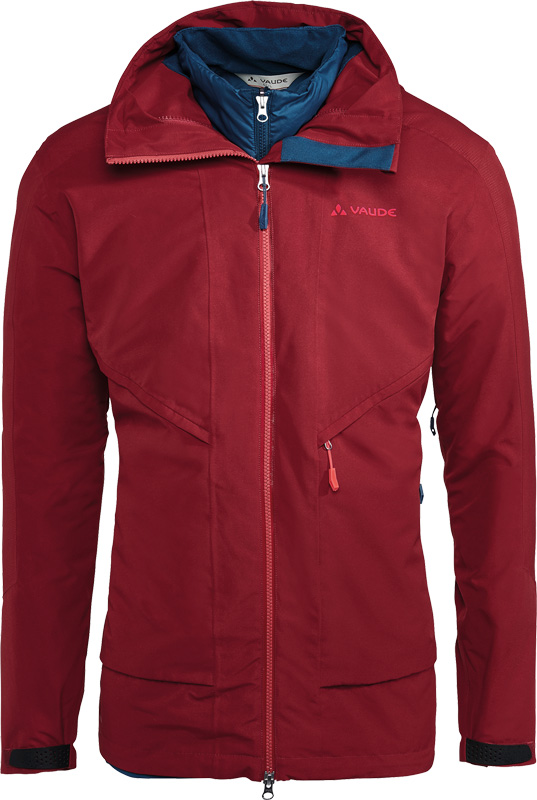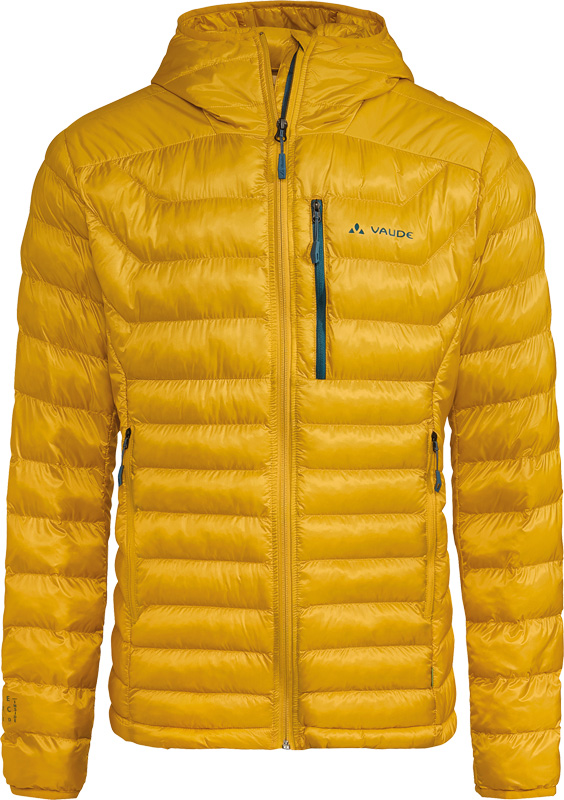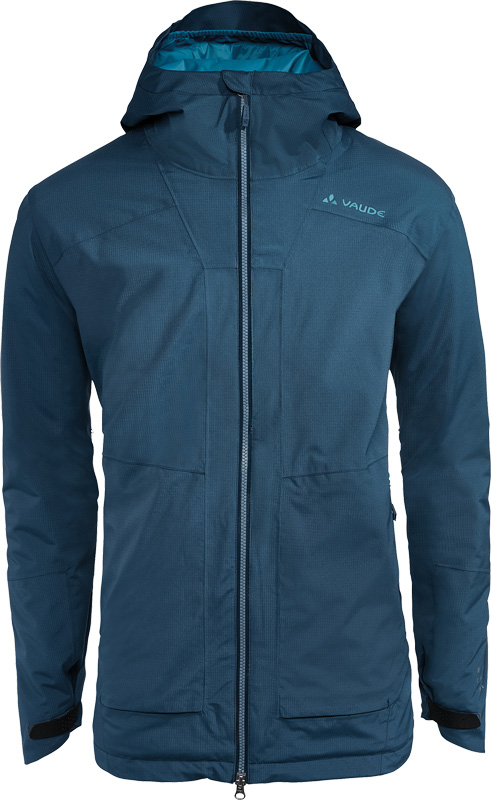With: Vaude
By: Martina Fea
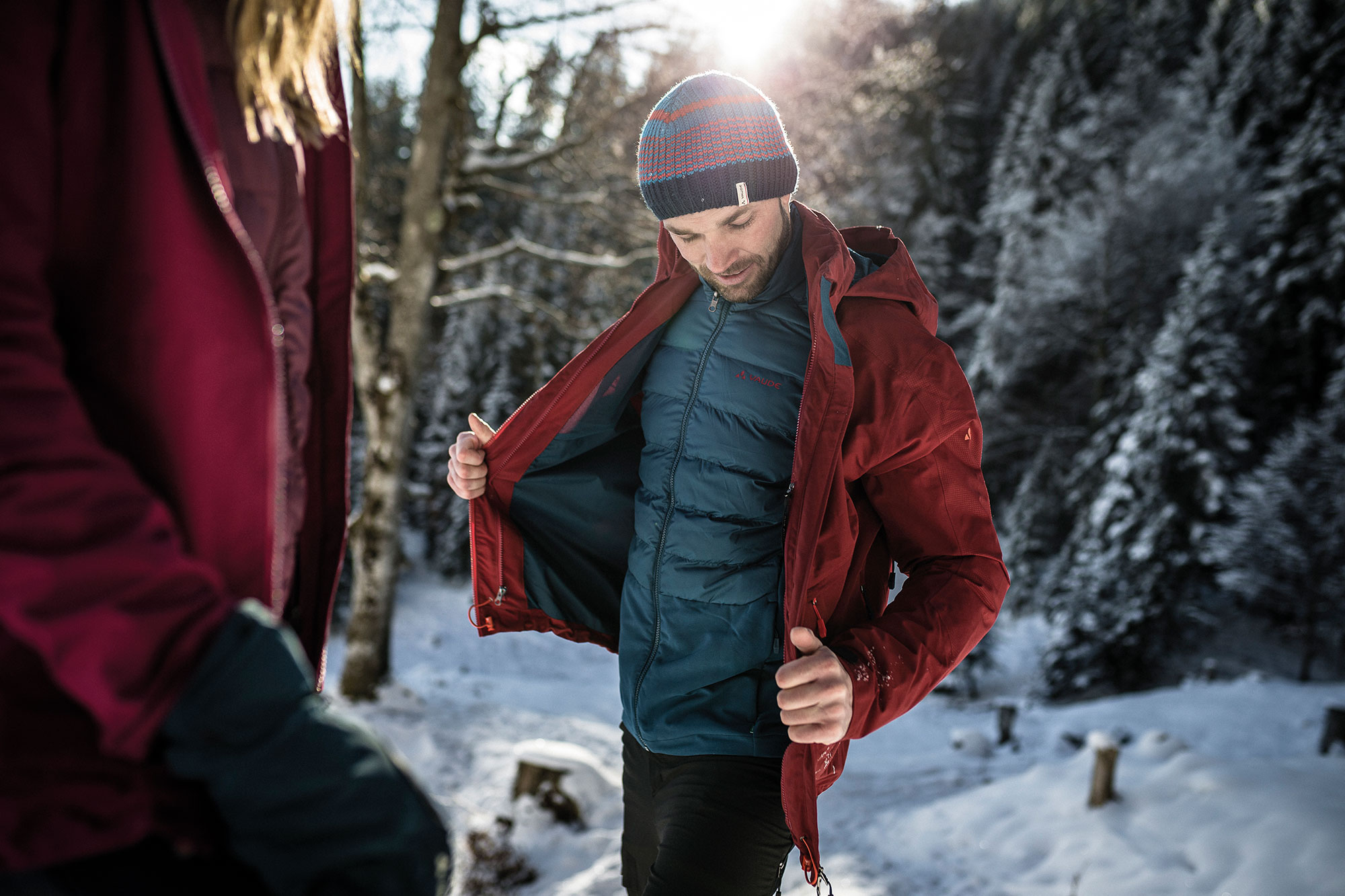
Vaude: the future lies in climate neutrality
That’s how Vaude aims to reduce its environmental impact and become a 100% sustainable company by 2030.
2022 for Vaude will be the year in the name of climate neutrality because “climate protection must have the highest priority and we must do everything in our power to keep our planet healthy.” As stated by the CEO of the brand, Antje von Dewitz, underlining how the German brand’s commitment in this area will be further implemented, intervening on all phases of work, from marketing to industrial production. Already in 2012, the German company had decided to fuel its production work using 100% green energy. The choice to carry out all production in a sustainable way starting from January 1st, 2022, is only the first step towards a future completely dedicated to sustainable innovation.
The final goal is to reach 1.5° and contribute to the mitigation of the effects of greenhouse gases on climate change. Another field that Vaude chooses as a tool for change is marketing: by cutting the budgets allocated to the department by about half a million euros, the company tries to demonstrate that successful marketing practices do not depend on budgets, but rather on creativity and commitment, as confirmed by the victory of the CMO Award, one of the most important awards in Germany in the marketing field, which underlined how the philosophy of the brand is pioneering and exemplary.
“We want to show that climate protection can be financed by redistributing budgets” adds Antje von Dewitz. “If all companies were to use part of their marketing budgets for climate protection, we could make big changes. It is possible and worth it for the future of our planet.” The manufacturing of the products, as pointed out above, is not yet completely free from emissions: every product is mainly made of synthetic fibers that require a high expenditure of energy. The commitment in this sense will also be total. Two dates are set in the Vaude plan: 2024 to achieve 90% of production using recycled materials and 2030 to reduce emissions from the production chain by 50%. The road is marked and Vaude also demonstrates it with the products described below.
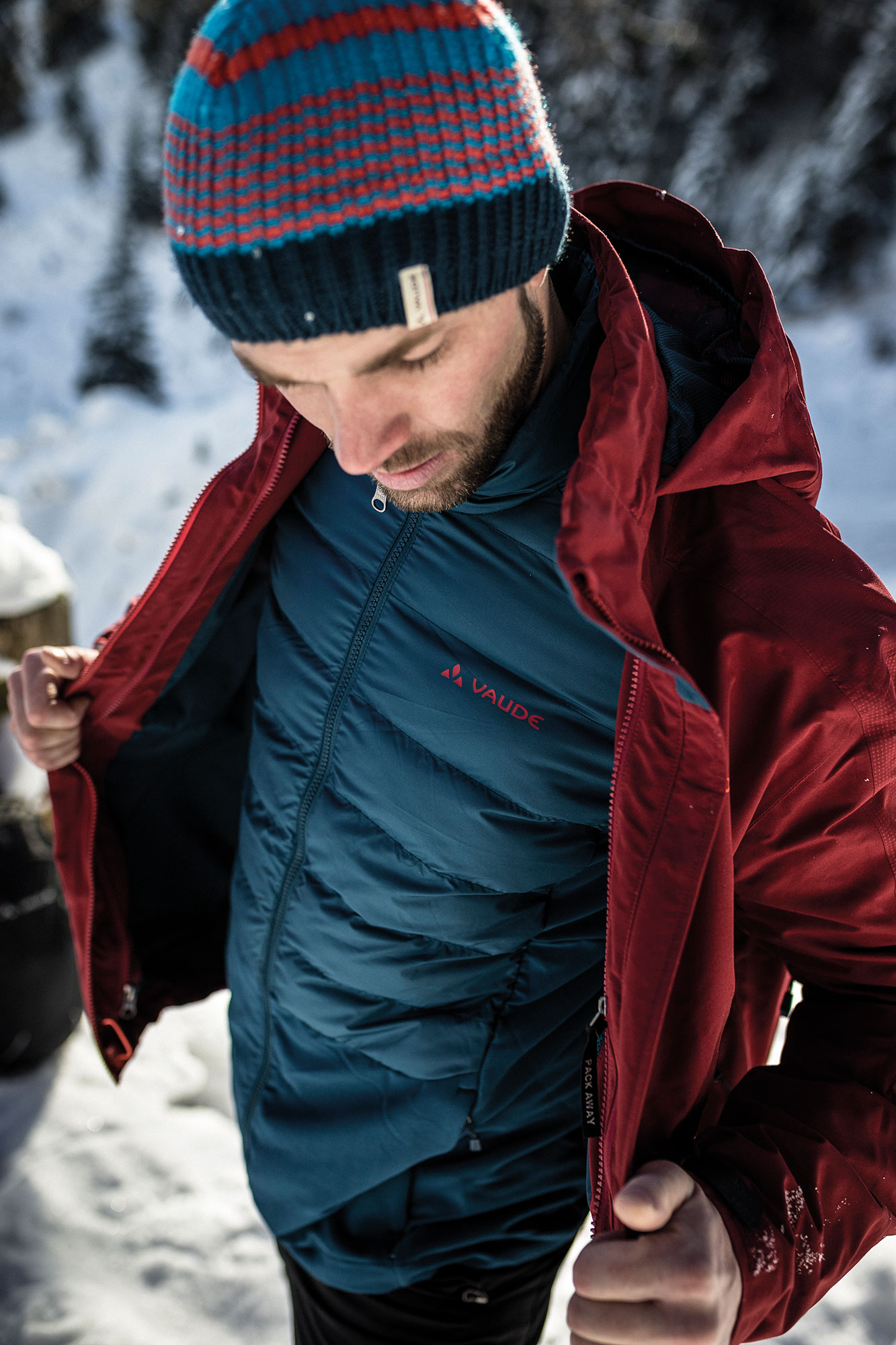
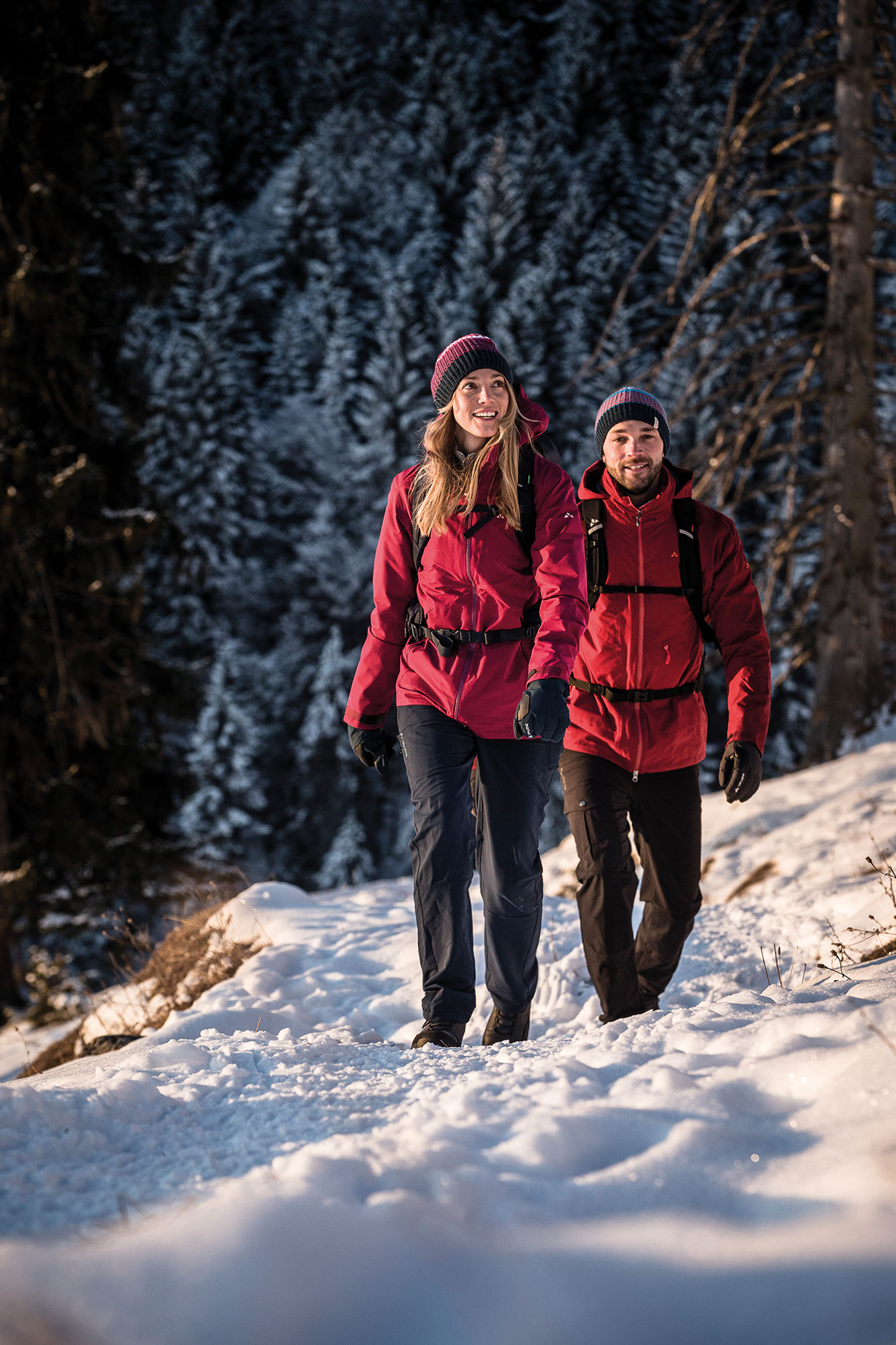
Here’s 3 products of the Vaude collection who are attentive to the environment that impressed us.
Elope 3in1
It is the jacket for those who like to spend a lot of time in contact with nature, ideal because it can adapt to any weather condition. A model that combines versatility with a 100% eco-friendly production: the outer fabric is made of recycled polyester and integrated with a Ceplex Green membrane made in part in S-Cafè, a material made from coffee grounds. The inner part, on the other hand, is made with HeatSphere Eco synthetic padding which guarantees quick drying in wet conditions. The design of the jacket allows the wearer to fold it into its own pockets.
Batura Hooded Insulation Jkt
Lightweight, warm and high quality model, this is the quickest way to describe a jacket designed to be completely waterproof and insulating. Thanks to Vaude’s HeatSphere technology, heat is retained inside the padding, but does not compromise the weight of the product, which is still light and compact, ideal for those who love freedom of movement. Again, the materials used are completely eco-friendly, as evidenced by the Vaude Green Shape label present inside the garment.
Elope Softshell Jkt
Made of recycled materials that help accompany Vaude on its path towards climate neutrality. This jacket, however, is not only remarkable because it’s made of recycled and eco-friendly materials: thanks to its composition, that allows optimal insulation from the cold, in fact it has proved to be perfect for many different sports, from cycling to skiing. A product that is preparing to pave the way for a line of future soft shell jackets that are completely PFC-free and with a reduced environmental impact.
You can find this and many other stories in The Pill Outdoor Journal 49
